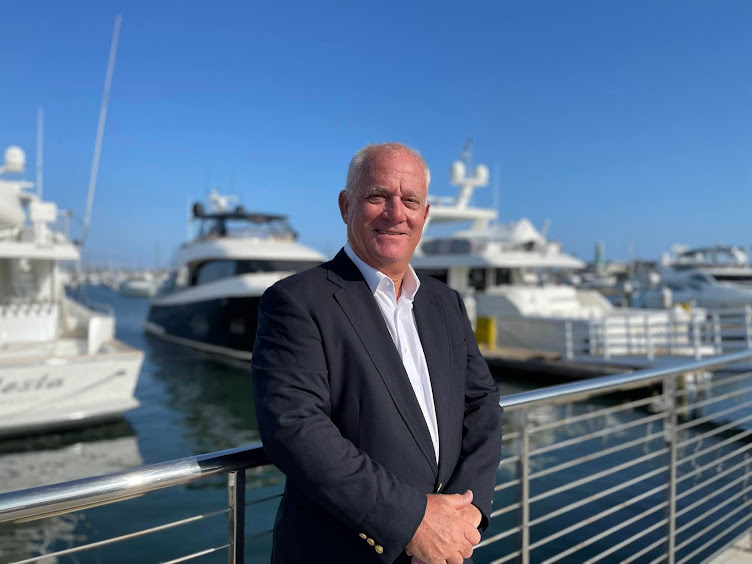By Len Bose
August 29, 2015
I am always looking to talk with people who make a difference in our harbor.
People like Carter Ford, Mark Sites, Chuck South, Duffy Duffield, so this week I had a chance to talk with Pete Swift of Swift Slip Dock and Pier builders. When I first contacted Pete, he brought up how close he and his brother Tom are, having worked together over the last 30 years,
"We are best buddies," Swift said.
Pete and Tom Swift grew up together on Balboa Peninsula where they learned to swim and enjoy our harbor together. They are three years apart in age and attended Newport Elementary, Ensign Intermediate and Newport Harbor High School.
They went on to separate colleges, and in 1982 Pete picked up a part-time job building a private dock on harbor Island. It took him about three weeks to complete the job working out of the homeowner's garage.
"Something our crew can complete in an afternoon now," Swift said.
Today, Swift Slips has 20 employees and just purchased a new building in Costa Mesa that will allow them to work indoors. I asked Swift how long it takes to have a new slip built. His response was rather enlightening — with all the different government agencies, it takes about eight to nine months to complete the permit process. To build then install the slip takes about 45 days.
It is my understanding that most customers purchase decks made from PVC material. Washing it only requires a brush and salt water and the job is done. This decking is scratch resistant and long lasting. I was also surprised to hear that the floats under the dock can have up to a 50-year life expectancy.
I learned the docks float better with all the sea life attached to them.
"The heavier the dock, the less is going to rock or tip, it's better for the dock," Swift said.
I was deeply disappointed to learn that our city's new Eelgrass Mitigation Plan is only for dredging and not dock replacement.
"This is a major breakthrough for our tidelands permit holders although it has little to no effect on dock replacement," Swift said. "We are hoping that when someone, with eelgrass under their docks, dredges we can come back the next year and hope that the eelgrass has taken a different pattern."
At this time if a tidelands permit holder would like to replace 20% of the structure of their slip they will be required to follow the Coastal Act, which involves permits from the Coastal Commission, Army Core of Engineers, Fish and Game, two city permits and possibly even the county.
"Customers ask if we know anyone at the different agencies so that they can get through the process faster," Swift said. "I reply we know everyone, that's how we get it done so fast. If we didn't know everyone, it could take well over a year."
"If the restrictions from the different government agencies continue to grow at the pace they are now, permit holders may not be able to build new slips 10 years from now," Swift added.
I then asked Swift what he felt about the condition of our harbor.
"It has never been cleaner," he said. "After the dredging and how the public protects the water quality our harbor has never been cleaner."
We talked about the condition of our harbor seawalls, and Swift said he has not spent much time researching the problem of the sea level rising and feels it is best just to repair the seawalls where they are failing and keep an eye on the topic.
On their off time, Pete likes to SUP around the back bay and stay away from the crowds while Tom sails a 30-foot boat in our different summer series twice a week. I found it quite refreshing to see two local brothers make it good for so long in the marine business.
I am off this weekend for the Long Point Race Week aboard the Santa Cruz 50 Horizon. Please wish us luck and wind.
Sea ya.
LEN BOSE is an experienced boater, yacht broker and boating columnist for the Daily Pilot.












